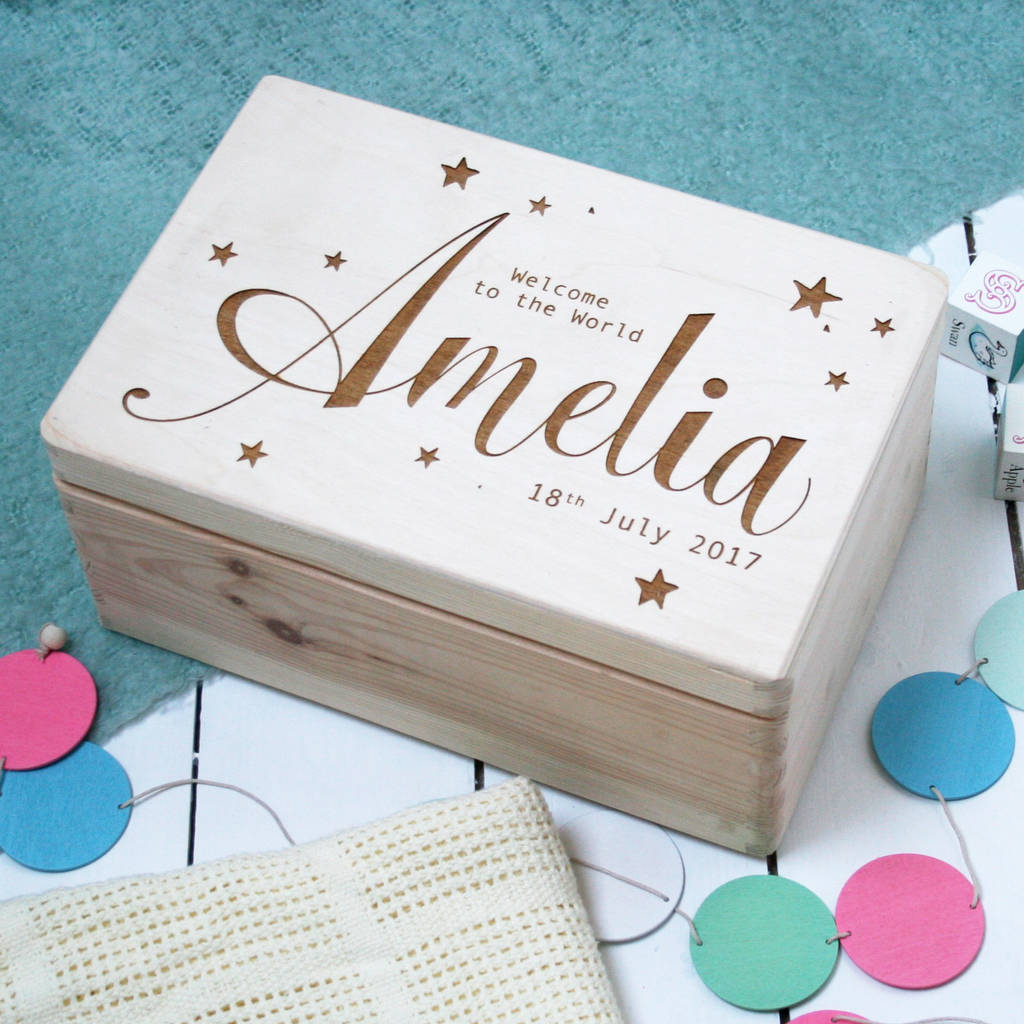Personalised Gifts - Find out how to Be Extra Productive?
페이지 정보
작성자 Maricela Garber 작성일 24-06-08 18:41 조회 6 댓글 0본문
The Victorian era ushered in a new era of garden design, with the rise of the gardenesque style and the influence of exotic plants and materials from around the world. Victorian gardens were characterized by their eclectic mix of styles, materials, and plants, with ornate structures, intricate borders, and colourful displays. The formal bedding schemes and intricate parterres of the Victorian era reflected the opulence and grandeur of the period, with an emphasis on display and showmanship.
Lastly, consider the size of your space and the amount of care you are willing to put into your plants. Some houseplants require more maintenance than others, so it's important to choose plants that fit your lifestyle and space constraints. If you have a busy schedule or tend to forget to water your plants, opt for low-maintenance varieties like succulents or snake plants.
In the 20th century, garden design in Britain began to reflect a more eclectic and diverse range of influences. Modernist architects such as Le Corbusier and Frank Lloyd Wright began to play a role in garden design, with a focus on simplicity, functionality, and the integration of indoor and outdoor spaces.
3. Humidity: Tropical houseplants thrive in a humid environment. To increase humidity levels around your plants, you can mist them regularly, place a humidifier nearby, or group them together to create a microclimate.
Tropical houseplants not only beautify our living spaces but also provide a range of health benefits. Studies have shown that indoor plants can improve air quality by reducing toxins and pollutants, such as formaldehyde and benzene. Tropical houseplants are particularly effective at purifying the air, thanks to their large surface area and efficient photosynthesis process.
2. Light: As mentioned earlier, different houseplants have different light requirements. Make sure to place your plants in an area of your home that receives the appropriate amount of light for their specific needs. If your plants aren't getting enough light, consider investing in a grow light to supplement their natural light.
If you have a bright, sunny spot in your home, you may want to consider plants that require high light levels, such as the Fiddle Leaf Fig or the Ponytail Palm. On the other hand, if you have a low-light room, you can opt for plants that can tolerate shade, such as the Cast Iron Plant or the ZZ Plant.
One of the most famous examples of Tudor garden design is Hampton Court Palace, which boasts a magnificent array of formal gardens, including the famous knot garden and the Great Vine. These gardens were meticulously planned and maintained, with every plant and tree placed with precision to create a sense of order and symmetry.
One of the most famous examples of Stuart garden design is the gardens at Versailles, which were designed by the renowned landscape architect André Le Nôtre. These gardens were laid out in a series of formal patterns, with grand avenues leading to ornate fountains and statues. The gardens at Versailles set a new standard for garden design in Europe, and their influence can still be seen in many British gardens today.
As the Tudor period gave way to the Stuart era, garden design in Britain began to evolve. The influence of French and Dutch garden design became more prominent, with a focus on grandeur and opulence. The formal gardens of this period were characterized by their grand avenues, ornamental fountains, and intricate parterres, which were designed to impress visitors and reflect the wealth and status of their owners.
6. Repotting: Over time, tropical houseplants may outgrow their pots and become root-bound. When this happens, it's important to repot your plants into a larger container with fresh, well-draining soil. Repotting can help to prevent root rot and give your plants room to grow.
The history of garden design is a rich tapestry of styles, influences, and innovations, reflecting the changing aspirations, values, and aesthetics of different societies. From the formal gardens of ancient civilizations to the contemporary landscapes of today, the art of garden design has continually evolved to meet the needs and desires of each era. The principles of sustainability, biodiversity, and ecological sensitivity are now guiding the evolution of garden design, as designers seek to create landscapes that are both beautiful and environmentally friendly. The future of garden design promises to be as diverse, dynamic, and innovative as its past, as designers continue to push the boundaries of creativity and imagination in shaping the landscapes of tomorrow.
1. Spider mites: These tiny pests can infest tropical houseplants and cause damage to their leaves. To get rid of spider mites, you can wash your plants with a gentle soap solution, increase humidity levels, or introduce natural predators like ladybugs.
The history of garden design can be traced back to ancient civilizations such as Mesopotamia, Egypt, and Persia, where gardens were seen as symbols of power, personalised baby gifts prestige, and wealth. These early gardens were often enclosed by walls or hedges, with geometrical layouts, water features, and carefully manicured plants. The Hanging Gardens of Babylon, one of the Seven Wonders of the Ancient World, is a prime example of the grandeur and opulence of ancient garden design.
- 이전글 Best Online Poker Sites Nwt: The Google Technique
- 다음글 The Phylogenesis of Sports Broadcast medium
댓글목록 0
등록된 댓글이 없습니다.